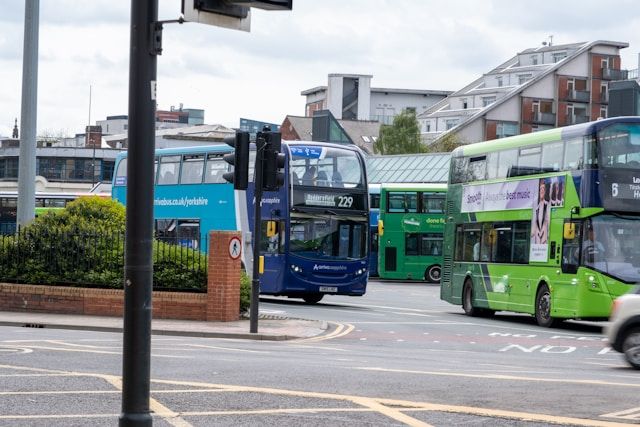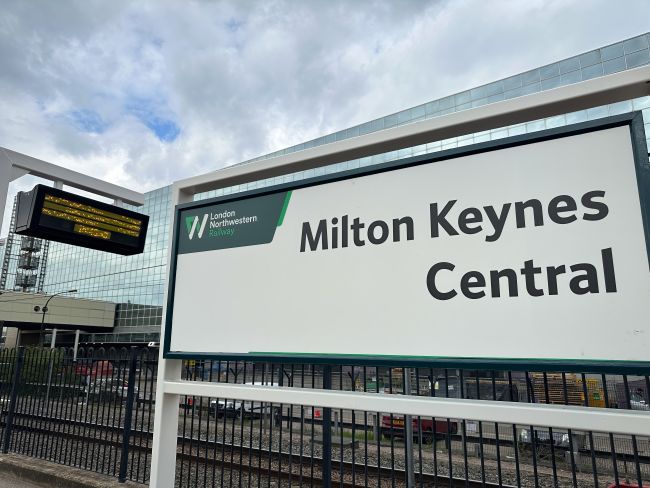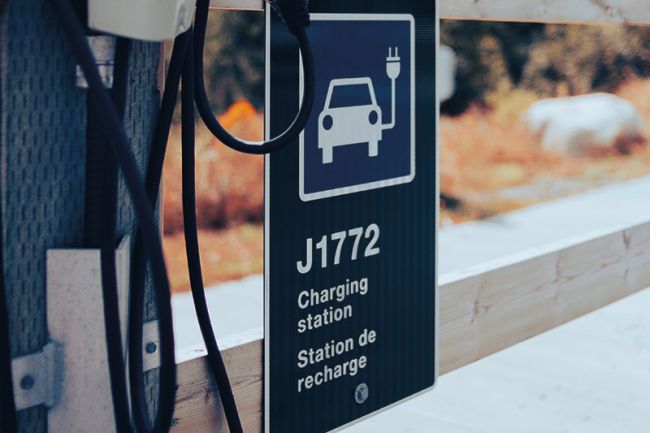Lower speeds, safer roads?
Reducing the number of road users killed and injured in traffic collisions is a key objective for cities.

Reducing the number of road users killed and injured in traffic collisions is a key objective for cities. However, while there has generally been success in improving urban road safety, the number of pedestrian and cyclist casualties remains high.
A range of measures can be employed to enhance road safety. New vehicles now routinely include advanced safety features such as reversing sensors, improved road designs have made road environments safer, and progress has been made towards reducing dangerous driver behaviour such as drink driving. However, these measures can only do so much to improve road safety in urban environments.
Bustling cities rely on high volumes of movement, in which different road users interact with each other. Regardless of how safe the road environment is, the inevitability of human error means that collisions will always occur, and these often disproportionately affect pedestrians and cyclists. Could lower vehicle speeds be the answer? It is evident that lower vehicle speeds result in fewer collisions, as there is more time to avoid them and fewer and less severe injuries, as impact speeds are lower.
One way to achieve lower vehicle speeds is to reduce speed limits. This is the path that many cities are considering, and there are now many examples of urban 30km/h (20mph) speed limits. However, implementing a reduced speed limit does not automatically result in lower vehicle speeds.
As part of a recent study, Steer Davies Gleave examined a number of cases from around the world. One emerging theme was the distinction between the schemes accompanied by physical traffic calming measures and those that are not. Schemes that included physical traffic calming measures, such as speed humps, were found to result in more significant reductions in vehicle speeds, with consequent reductions in collisions and casualties, particularly for pedestrians and cyclists. In contrast, while schemes without physical traffic calming measures were cheaper to implement, they tended to achieve smaller reductions in speeds, and hence smaller improvements to road safety
Given limited financial resources, many cities select schemes that do not incur the expense of extensive traffic calming, as this enables a larger geographic area to be covered at a lower cost. The challenge is therefore to find ways to achieve larger reductions in speeds in these cases.
A research study conducted in Bristol1 found that supporting measures aimed at making driving at 30km/h feel ‘normal’ are vital in achieving lower speeds. Some of the suggested measures were:
• Education: Helping people to understand why lower speeds are important and how they can change their driving habits.
• Enlightenment: Developing a broad vision for lower speeds and selling it to win over residents, visitors, employees and employers.
• Engagement: Listening to local concerns, helping communities to change their streets.
• Encouragement: Visual reminders and rewards for keeping to the limit and driving considerately.
• Enforcement: Warnings, sanctions and penalties for breaking the limit or for antisocial driving.
In conclusion, the evidence examined in our study supports the notion that lower vehicle speeds can be an effective tool for improving urban road safety, particularly for pedestrians and cyclists. However, implementing lower speed limits in isolation is not the complete solution – for road safety benefits to be maximised, they must be accompanied by a comprehensive package of supporting measures aimed at changing drivers’ attitudes and behaviours.






















